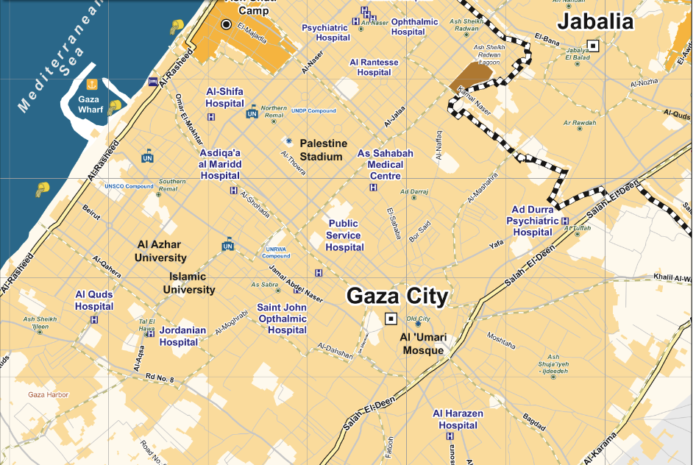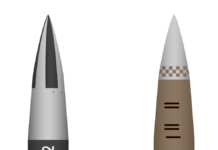In a strategic maneuver that highlighted its military prowess, Israel concluded a 14-day operation at Gaza’s Al-Shifa Hospital, which had emerged as a contentious site in the ongoing conflict with Hamas. The Israeli Defense Forces (IDF) successfully withdrew from the hospital, marking the end of what was described as one of the most challenging sieges in recent months. This operation was part of Israel’s broader campaign to dismantle Hamas’ military infrastructure within civilian areas, targeting what was claimed to be a key militant stronghold.
The IDF’s actions at Al-Shifa were framed as a necessary step to neutralize Hamas militants who, according to Israeli officials, had converted parts of the hospital into a command hub for launching attacks. The Defense Minister, Yoav Gallant, lauded the IDF’s “determined and professional action,” emphasizing that the operation had effectively eliminated a terrorist base operating within the hospital’s confines. This operation, characterized by its strategic importance, was a testament to the IDF’s commitment to disrupting Hamas’ operational capabilities.
Throughout the siege, the IDF managed to detain 900 suspected militants, with more than half identified as members of Hamas or Palestinian Islamic Jihad (PIJ). This substantial detention of militants, including commanders and key figures within the terrorist organizations, was highlighted as a crucial outcome of the operation. It emphasized the operation’s success in penetrating deep into enemy lines and capturing individuals directly involved in orchestrating attacks against Israeli civilians.
The military operation at Al-Shifa Hospital also involved the seizure of weaponry and intelligence documents, further crippling the militant groups’ ability to wage attacks. This haul of arms and intelligence was pivotal in providing the IDF with insights into the operational tactics of Hamas and PIJ, enhancing Israel’s security and defense strategy against future threats.
Despite the complexities involved in conducting military operations within civilian infrastructure, the IDF asserted that it had taken measures to prevent harm to civilians, patients, and medical teams. This careful approach highlighted the challenges faced by the Israeli military in distinguishing between militants and civilians, especially in environments exploited by terrorist groups for military purposes.
The aftermath of the IDF’s withdrawal revealed the extent of the hospital’s use as a military asset by Hamas, with extensive damage to the facility indicating the fierce encounters that took place. While the destruction of Al-Shifa Hospital drew international concern and criticism, the IDF defended its operation as a precise anti-terror mission, aimed at safeguarding Israeli civilians from the threat posed by Hamas militants embedded within civilian areas.
The Israeli military’s raid on Al-Shifa Hospital represented a strategic victory in the context of Israel’s ongoing conflict with Hamas. By targeting a critical node in the militant group’s infrastructure, the IDF demonstrated its ability to conduct complex operations aimed at neutralizing threats and dismantling the military capabilities of its adversaries. This operation, while contentious, underscored the lengths to which Israel is willing to go to protect its citizens and maintain security within its borders.
Image is a map derived from a United Nations map and is in the public domain.








